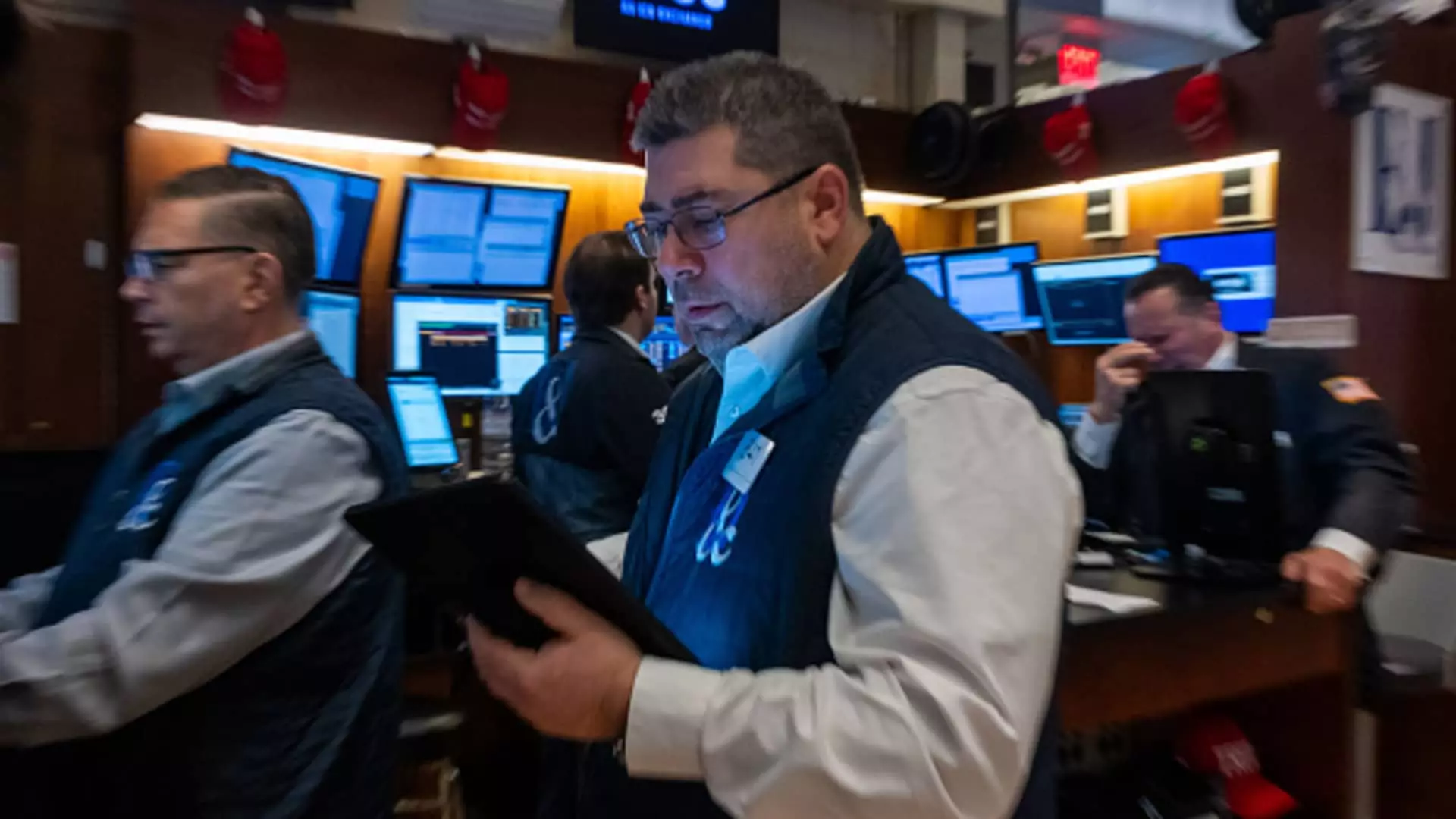Recent observations in trading volumes reveal a fascinating trend: investors are increasingly engaging in large-scale bets on the stock market. While the majority of these bets are bullish, shorts are also gaining traction. A significant portion of this activity can be attributed to leveraged and inverse exchange-traded funds (ETFs). These funds allow investors to magnify their exposure to stock indices by using financial derivatives, enabling them to seek higher returns in a shorter time frame. Hence, it is crucial to understand the mechanics and implications of these financial instruments, especially as they evolve within the broader trading landscape.
Leveraged ETFs are designed to amplify daily returns based on the performance of an underlying index or asset. For example, should an index increase by 1% in a day, a 2x leveraged ETF would yield a 2% return, while a 3x leveraged ETF would deliver a 3% gain. Conversely, inverse ETFs deliver the opposite performance; a 2x inverse ETF would record a loss of 2% when the underlying index experiences a 1% gain. Given their design, these products are inherently volatile and have gained popularity for trading not just in bullish markets but also in bearish conditions. Such instruments have rapidly proliferated, becoming an increasingly significant part of daily trading activity within ETFs.
A possible explanation for the surge in leveraged and inverse ETF trading can be linked to a broader trend of speculative behavior in the markets. Trading in various speculative assets has risen, including options and cryptocurrencies. Douglas Yones, CEO of Direxion—one of the leading creators of leveraged and inverse ETFs—acknowledged that more investors are leaning into these products as a mechanism to project short-term views on market trends. Under such circumstances, it is unsurprising to witness heightened volume and an influx of assets into leveraged strategies.
Interestingly, the first generation of leveraged ETFs debuted in 2006, focused on broad market indices such as the S&P 500. Newer products, including single-stock leveraged ETFs, have emerged, catering to rising interests in tech giants like Nvidia and Tesla. With substantial assets under management (AUM), these ETFs reflect the growing appetite for leveraged trading, particularly among younger, tech-savvy investors.
The ascent of these leveraged instruments parallels the performance of the stock market itself. Over the past few years, significant market upturns have contributed to the overall growth in asset values across the board. Leveraged and inverse ETFs, however, are witnessing growth rates that outstrip traditional funds. For perspective, while ETFs held around $2 trillion in AUM in 2016, this figure has swelled to approximately $11 trillion today, with leveraged and inverse ETFs rising to nearly $81 billion—an increase from just 2% of the ETF market in 2016 to about 8% today.
This robust growth has not only been fueled by rising markets but also a shift in trading behaviors, particularly among millennials and Gen Z traders. The ease of access to these products through mobile trading apps has lowered barriers to entry and allowed more retail investors to participate in what was once the realm of institutional players.
While many investors seem aware of the potential rewards that come with leveraged and inverse ETFs, they are often not fully cognizant of the complexities involved, especially concerning their daily reset feature. Leveraged ETFs must be approached with caution, as holding them for longer than a single day can lead to significantly skewed returns due to the compounding effect.
For example, an initial investment in a 2x leveraged product could yield misleading outcomes over several days, particularly in oscillating markets. A scenario where the stock market rises and then drops could ultimately leave investors worse off than expected, highlighting the precarious nature of these investments. As a result, financial advisories underscore that a buy-and-hold strategy for leveraged ETFs is ill-advised, placing even more importance on investor understanding of these products.
Given the heightened interest and substantial influx of retail trading in these funds, it is imperative for investors to remain vigilant regarding their inherent risks. Experts, including Todd Sohn from Strategas, have cautioned that as market conditions shift, retail investors must balance their enthusiasm for leveraging with a robust risk evaluation.
In the current landscape, where trading volumes for leveraged and inverse ETFs are at an all-time high, astute investment strategies and well-informed decision-making are more critical than ever. As the financial world continues to evolve, understanding these complex instruments will be quintessential for navigating the modern stock market effectively.

